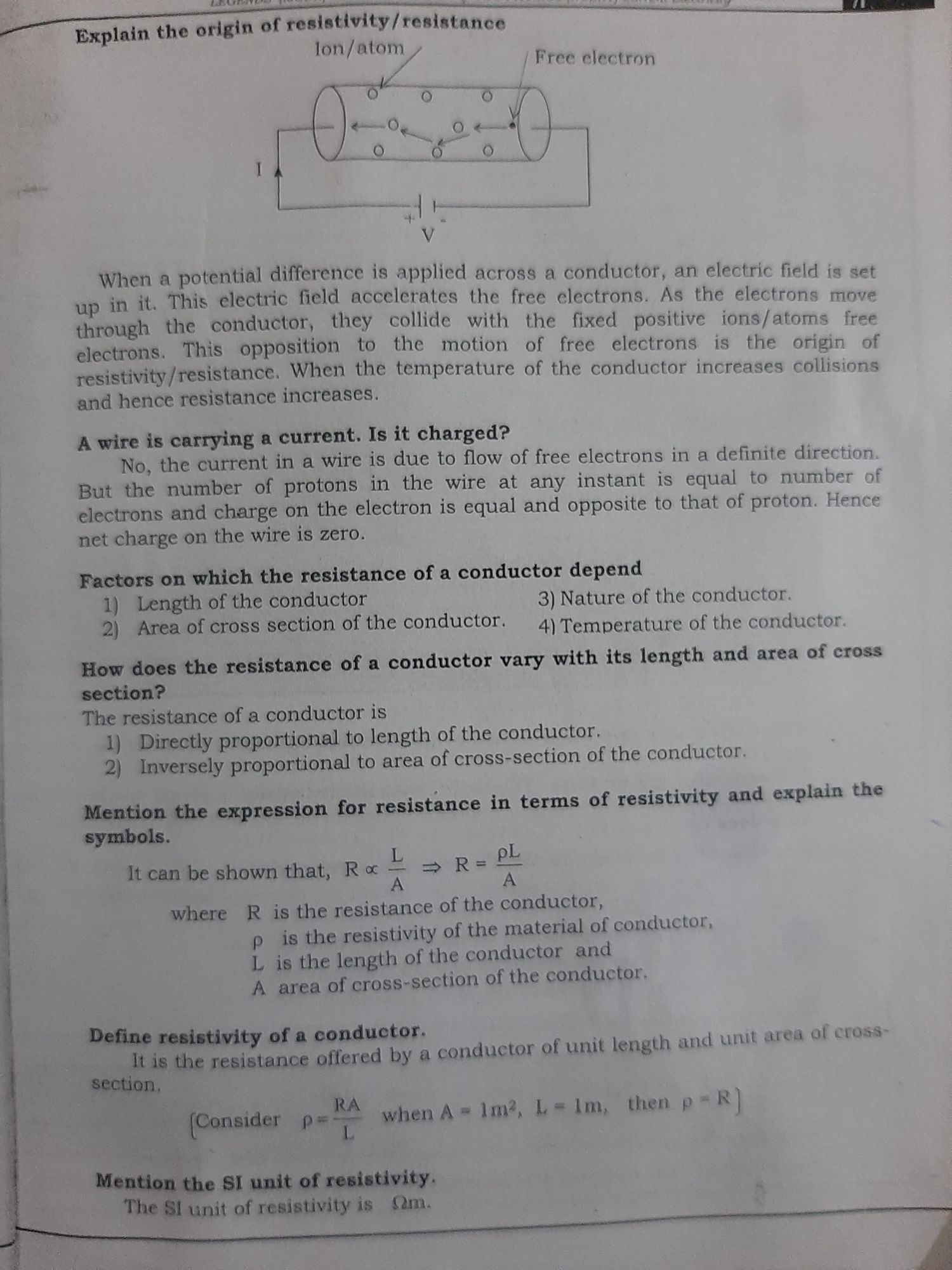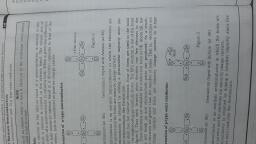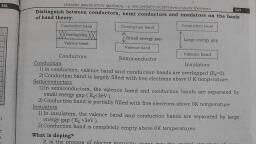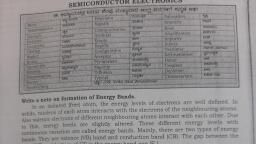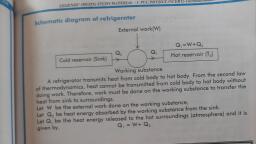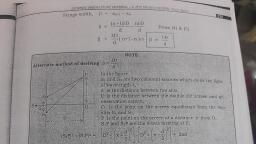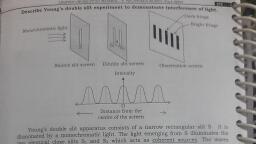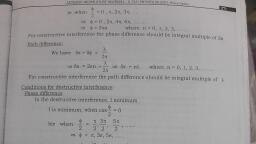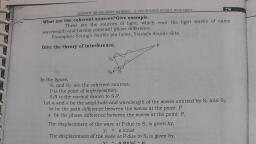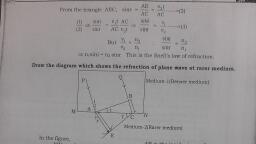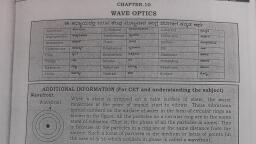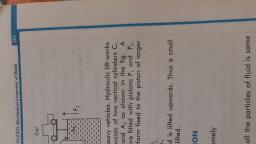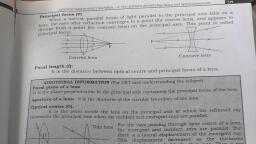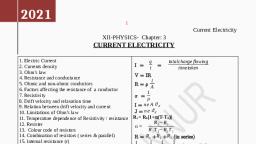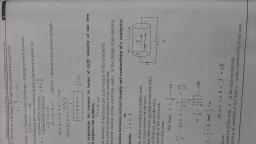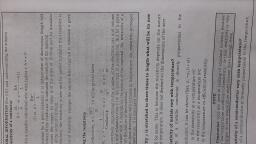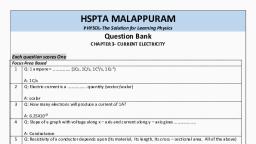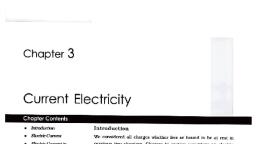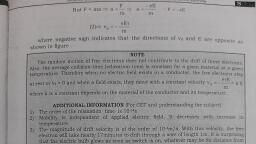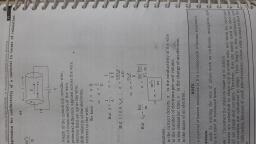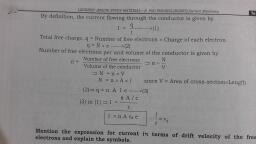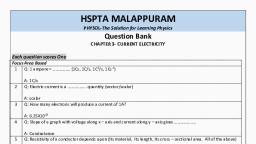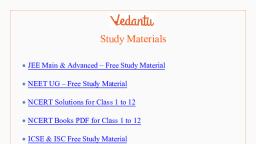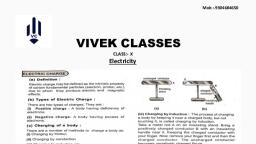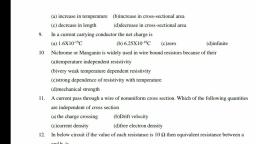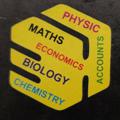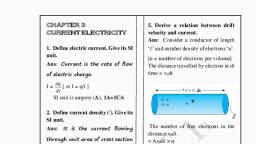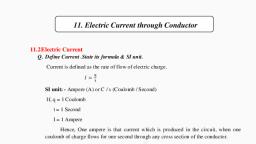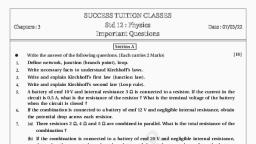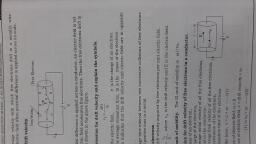Page 1 :
ae, , seal ainsi ta ae., Explain the origin of re mamma TT ae, , sistivity/resistance, lon/atom, / er / Free electron, , ae — oe 7, e— CR wt Geese clcnee, psi isc icin Dia, , Vv, , When a potential difference is applied across a conductor, an electric field is set, up in it. This electric field accelerates the free electrons. As the electrons riers, through the conductor, they collide with the fixed positive ions/ atoms free, electrons. This opposition to the motion of free electrons is the ofigin of, resistivity /resistance. When the temperature of the conductor increases collisions, and hence resistance increases. s, , A wire is carrying a current. Is it charged?, , No, the current in a wire is due to flow of free electrons in a definite direction, But the number of protons in the wire at any instant is equal to number of, electrons and charge on the electron is equal and opposite to that of proton. Hence, net charge on the wire is zero., , Factors on which the resistance of a conductor depend, 1) Length of the conductor 3) Nature of the conductor., 2) Area of cross section of the conductor. 4) Temperature of the conductor, , How does the resistance of a conductor vary with its length and area of cross, section?, The resistance of a conductor is, , 1) Directly proportional to length of the conductor,, , 2) Inversely proportional to area of cross-section of the conductor., , :, |, , , , , , , , , , , Mention the expression for resistance in terms of resistivity and explain the, It can be shown that, R= = => R= “, , where R is the resistance of the conductor,, p is the resistivity of the material of conductor,, , L is the length of the conductor and, A area of cross-section of the conductor., , |; : : " = eo aoe i | it area af crass>, ‘ . resistance offered by a conductor of unit length and unit @, , ider path when A= 1m?, L = lm, then p=}
